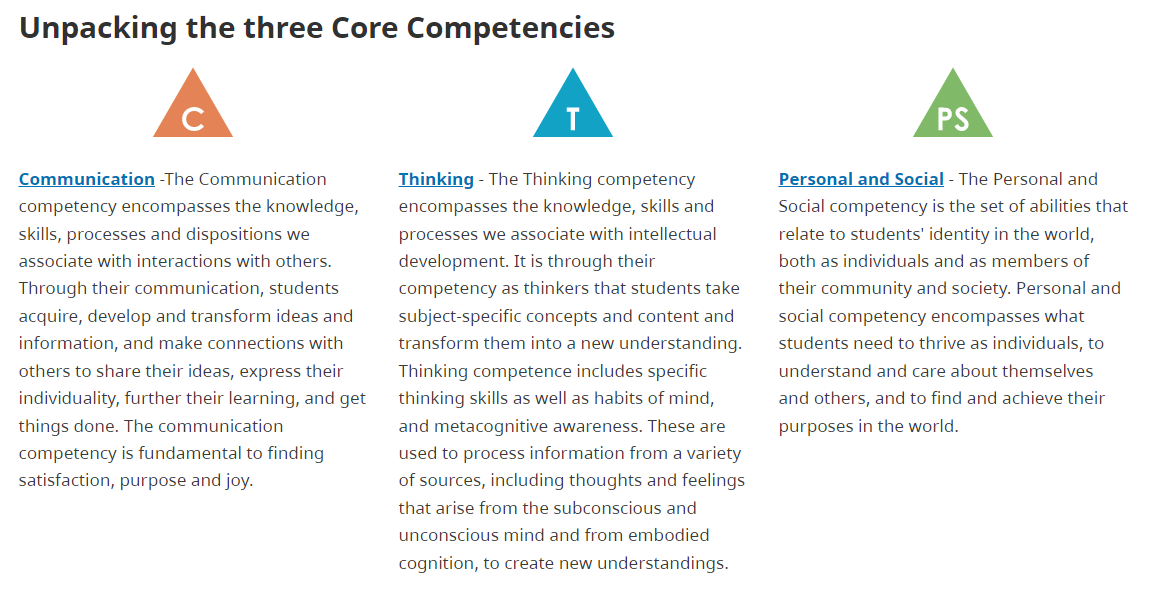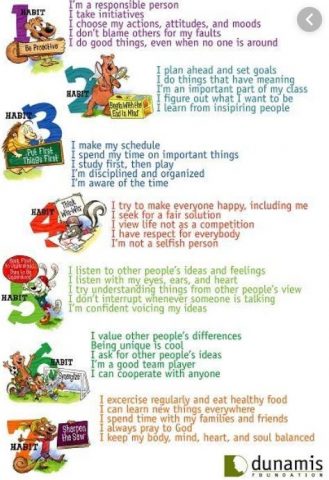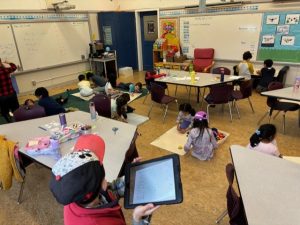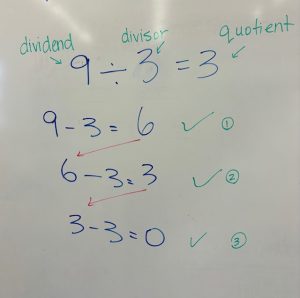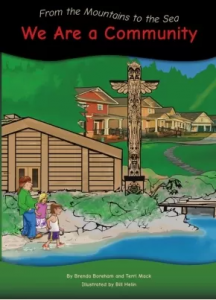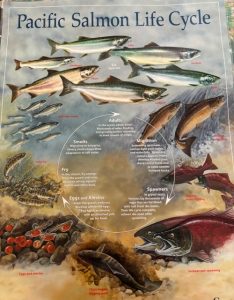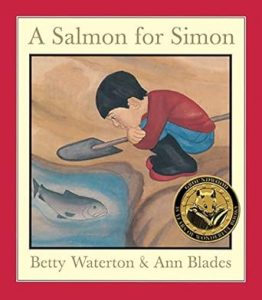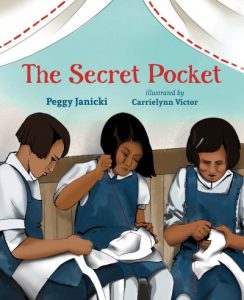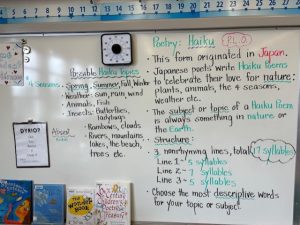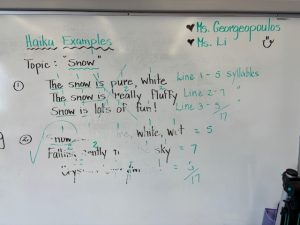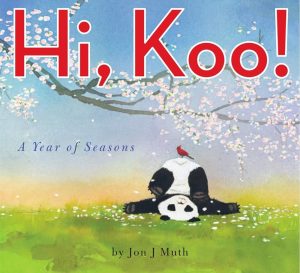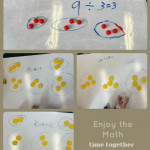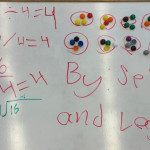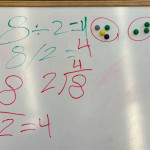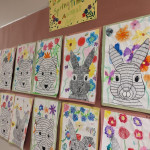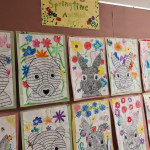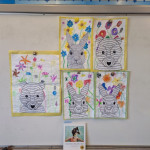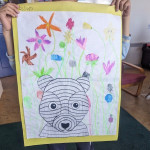Dear families,
This time of year always has me feeling like I don’t want the school year to end. The relationships and connection I feel with your children are deep. I guess it just can’t be helped when you love and care for them and think about them at night and on the weekends. As I’ve been telling you all year, they bring me such joy and I know they bring each other joy too!
Last week continued to include experiences that brought us joy.
We are communicators and writers.
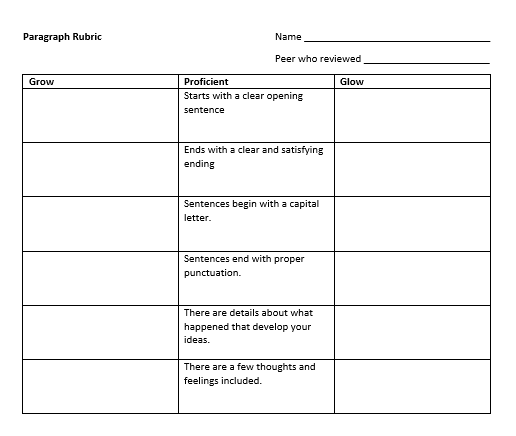 We are improving in learning how to write paragraphs. We have a few goals:
We are improving in learning how to write paragraphs. We have a few goals:
- To write complete sentences that begin with a capital and end with proper punctuation
- To write sentences that have details that include thoughts and feelings, reasons, explanations, or examples to help paint a picture of what happened.
To support this, we used a single-point rubric to remind us of what we are working towards showing proficiency. This was given to them as a self-reflection so they were encouraged to read their writing to look for proficiency and to make changes to get closer to proficiency. Using rubrics like these make the criteria clear and something they can strive to work towards. Feel free to have your child refer to this if they do any writing at home. It can be simply used like a checklist. For some of your children, you can add something about printing legibly with appropriate sizing and formation of letters, and writing on the lines for neatness. Please let me know if you’d like a PDF copy and I’ll send it to you.
Then they had an opportunity to be paired up with a classmate chosen randomly. When we look at someone else’s writing to assess, there are different skills they learn like many of our core competencies: communication, critical thinking, reflection, personal and social awareness and responsibility. If case you missed it, I shared more about core competencies in last week’s post.
They were encouraged to share strengths (where their writing glowed) and an area to work on (where their writing can grow). I love listening in to their encouraging conversations. I wish you were there to listen too. They were kind and supportive.
We are communicators and listeners.
 We played cooperative game where we were split into four teams. Each team was given the same Lego pieces. This is how the game works:
We played cooperative game where we were split into four teams. Each team was given the same Lego pieces. This is how the game works:
- Each team sends one person as the communicator.
- When the game starts, they come to me to look at the secret structure to memorize.
- They go back to their team with their hands behind their backs to explain how to re-create the structure. They can come back as many times as they wish.
- The rest of the team works together to make sense of the instructions by the communicator and then they have an opportunity to communicate with each other to collaboratively build the structure. They need to work together to all agree on what they are collectively building.
- It really challenges them to work on their core competencies: communication skills, critical thinking, personal and social responsibility!
We played a few rounds and I was proud of how each group was able to successfully re-create each structure!
We are scientists.
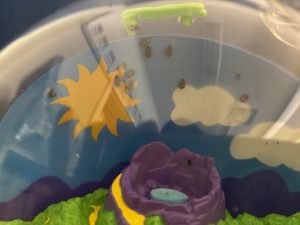 We saw our ladybugs go from the first stage as larvae into the next stage as a pupa where they stop eating to prepare to become an adult. We have been making observations and recording them in our booklets.
We saw our ladybugs go from the first stage as larvae into the next stage as a pupa where they stop eating to prepare to become an adult. We have been making observations and recording them in our booklets.
We have also continued to work on our animal research with our partner. Some are creating a poster and others have decided to present using PowerPoint. They are working so well as partners. I am so proud of them!
We are athletes.
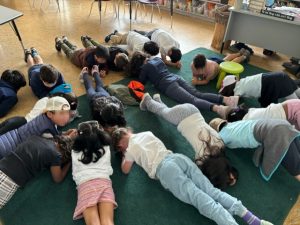 As you know from our Student Led Conferences, we regularly do exercises that challenge us. One of the ones they seem to really enjoy is plank so I wanted to show you a picture of us! This really helps build their core muscles. May I encourage you to try some of the exercises we do at home? Feel free to ask them what some that are often chosen. We take turns choosing three exercises each day.
As you know from our Student Led Conferences, we regularly do exercises that challenge us. One of the ones they seem to really enjoy is plank so I wanted to show you a picture of us! This really helps build their core muscles. May I encourage you to try some of the exercises we do at home? Feel free to ask them what some that are often chosen. We take turns choosing three exercises each day.
Volunteer Tea
We have been so blessed to have many parents support our learning this year. If you helped on a field trip, for an in-class activity, or volunteered to help at a school event like Pancake breakfast or attended a PAC meeting, please CLICK HERE to fill out the RSVP to let us know you will join us. To learn more, click here.
Date: Wednesday, June 5
Time: 1:30 to 3:00 PM
Place: Gym
I apologize ahead of time but I will be at a meeting all day. If you are there near the end, I will see you then. We are so grateful for your time and dedication to our learning this year!
Gilmore’s Spring Fair – Community Event
You may know that my last school was Gilmore. It is located at 50 Gilmore Avenue.
You can pre-buy a punch card to save 25% off games (Wed, June 5 is the deadline to pre-buy but you can purchase at the fair). You can also enter a raffle to win $1000, $2500, or $5000.
To learn more, CLICK HERE to go to Gilmore’s website. It is a fun and well attended community event open to everyone! Feel free to invite your friends from other places to join you!
Dates to Note
- Wed. June 5 – Volunteer Tea
- Fri. June 7 – Pro-D day; students do not attend
- Fri. June 7 – Gilmore’s Spring Fair from 5 to 9 PM
- Fri. June 21 – Revs Bowling and Burnaby Lake picnic (All families are welcome!)
We really appreciate your continued support at home. Grateful for you!
Gratefully, Ms. Chan

